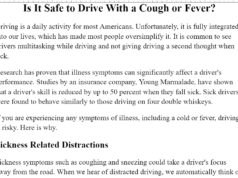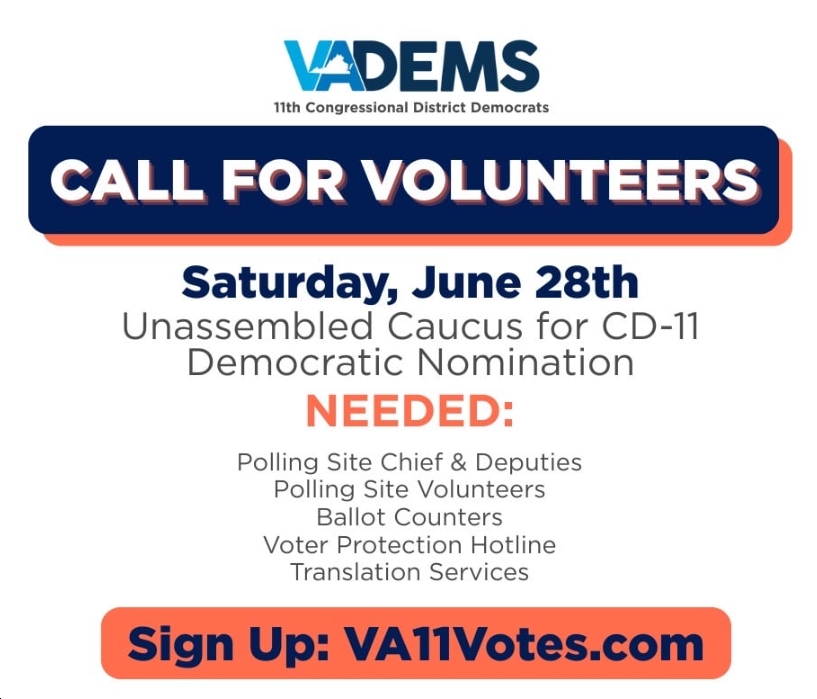SPONSORED CONTENT
According to the Bureau of Labor Statistics (BLS), 4,764 fatal workplace injuries occurred in 2020. Furthermore, compared to 2019, this figure reflects a nearly 11 percent drop in deadly injuries.
“Many jobs are hazardous and may involve the possibility of injury or death in most cases. However, most of these risks are preventable,” says attorney Neal Goldstein of Goldstein and Bashner. Fortunately, job injuries and fatalities have reduced significantly recently. Unfortunately, following safe and ethical working standards could have prevented the many workplace injuries and deaths that occur daily.
Occupations With a High Level of Risk
According to the BLS, some occupations put workers at a higher risk of dying on the job than others. Transportation, construction, extraction, and material moving workers are among them. Individuals in these jobs account for 47 percent of all fatal injuries in 2020.
Furthermore, fatalities in healthcare support jobs increased by about 16 percent in 2020. In addition, fatalities among law enforcement officers increased by 18.6 percent from the previous year. Workers in the fishing and hunting industries are also at a higher risk of dying while working.
The Fatal Four of OSHA and Prevention
According to the Occupational Safety and Health Administration (OSHA), four main factors, also known as The Fatal Four, are causing occupational fatalities. They include:
#1. Falls
Falls are the leading cause of construction worker deaths, accounting for 36 percent of all fatalities in the profession in 2019. Scaffolding collapses, improper ladder use, non-stable walkways, lack of suitable signage, and the absence of guardrails are all potential causes of falls.
All of this occurs due to a failure to apply appropriate fall protection. Any employee operating at six feet or above or working at any height above dangerous equipment must wear fall protection.
#2. Struck by an Object
Swinging, falling, or misplaced objects were responsible for an estimated 10.1 percent of occupation-related deaths. Falling objects due to rigging failure, loose or moving materials, equipment faults, and vehicle or equipment strikes are just a few examples.
According to OSHA, employees must wear suitable personal protective equipment that meets the American National Standard Institute’s (ANSI) criteria. Furthermore, all staff should obtain adequate on-the-job training.
#3. Electrocutions
Electrocution is responsible for nine percent of on-the-job fatalities. Employees face many electrocution hazards on construction sites such as exposed wires, overhead power lines, poorly maintained extension cables and power tools, and lightning strikes. Employees should find and identify utilities before beginning work, keep a safe distance from power lines, and only use grounded or double-insulated portable electric tools.
#4. Caught-In or Caught-Between
About 2.5 percent of deaths were caused by employees becoming caught in or between machines or tools. For example, trench workers have been caught between moving machinery, collapsing structures, and materials.
These events frequently occur unexpectedly and without warning. It is critical to keep body parts out of pinch areas and to take your time when working.
Workers’ Compensation Versus Third-Party Liability Claim
A worker can file a workers’ compensation claim if injured on the job. Benefits for workers’ compensation are made available without proving that the employer is at fault. However, in some situations, the injured worker may be able to file a third-party liability claim.
Third-party responsibility refers to bodily harm caused by the actions or omissions of a negligent or reckless third party. When someone other than the employer is to blame for a workplace accident, third-party liability may apply.
Workers’ compensation benefits are often small, and a worker may not be able to recover enough money to cover all medical bills and lost wages. The workers’ compensation also excludes pain and suffering, mental anguish, and punitive damages. In a third-party liability case, the worker would be allowed to seek noneconomic and punitive damages from the court.
Types of Third-party Workplace Injury Claims
Specific job claims lead to third-party lawsuits, and some of them include:
#1. Car Accidents
If you are on work time when on the road, either while driving a bus or running a work-related errand in your vehicle and you are injured in an accident due to another driver’s negligence, you can file a worker compensation claim.
In addition, you can also file a third-party lawsuit against that driver’s insurance company. Workers’ compensation will cover your medical expenses, but it will not cover damage to your vehicle. If the accident occurred in an at-fault state, your sole option is to file a claim against the driver’s insurance policy.
Similarly, if you suffer a catastrophic injury, you can pursue a third-party claim against the driver. A catastrophic injury refers to one that leaves you with long-term suffering, continuous medical needs, and a diminished earning capacity.
#2. Premises liability
Premises liability applies if you sustain an injury on someone else’s property due to a dangerous condition. A slip and fall mishap or a dog bite are both good examples. This becomes an issue if your job requires you to go to any location outside the property of your employer.
You could sue the property owner or their insurance carrier if the person responsible for maintaining the property permitted a hazardous situation to exist. Another basis for filing this is if the property owner did not provide a warning of the danger, thus making you sustain an injury due to that condition.
#3. Defective Product Liability
When you suffer harm by a product that was incorrectly manufactured or designed, you have a faulty product liability claim. Defective product liability involves:
- Design defect: Occurs when a product by its design is inherently harmful. The only way to fix the problem is to modify the design and re-make the product from scratch.
- Manufacturing defect: When a product is damaged, improperly assembled, or passes through the production process erroneously, it refers to manufacturing defects.
- Inadequate warnings: Here, an injury can occur if the labeling does not provide adequate notice to the user about potential dangers.
How Third-Party liability Claims Work
It is necessary to prove the third-party fault and negligence before bringing a third-party liability claim. The plaintiff must prove duty, breach of duty, causation, and damages to prove this.
When an injured employee alleges that a third party caused the injury, the company insurance carrier may have a subrogation interest in the claim. In addition, the employer of the victim can pursue the third-party liability claim in the name of the injured employee. However, the laws of each state govern the subrogation and entitlement of an employer or carrier to recover benefits an employee receives.
Subrogation interest is exclusively limited to the amount of workers’ compensation benefits paid to the employee. Often, if the recovery exceeds the subrogation interest, there will be a refund to the insurance carrier, and the injured employee will receive the remainder.
Final Thought
There is no denying that workplace injuries can occur in any job. However, workers need to understand what causes them so that they can take all necessary precautions. If you are a worker and sustain a workplace injury, always consult an attorney to help you understand your legal situation, rights, and options.


 Sign up for the Blue Virginia breaking news newsletter
Sign up for the Blue Virginia breaking news newsletter










![Blue Virginia Interview: VA11 Dem Candidate James Walkinshaw Vows, “I would absolutely continue Gerry [Connolly]’s legacy and work of fighting Republicans tooth and nail when they’re going after our values…our democracy”](https://bluevirginia.us/wp-content/uploads/2025/05/connollywalkinshaw-100x75.jpg)

